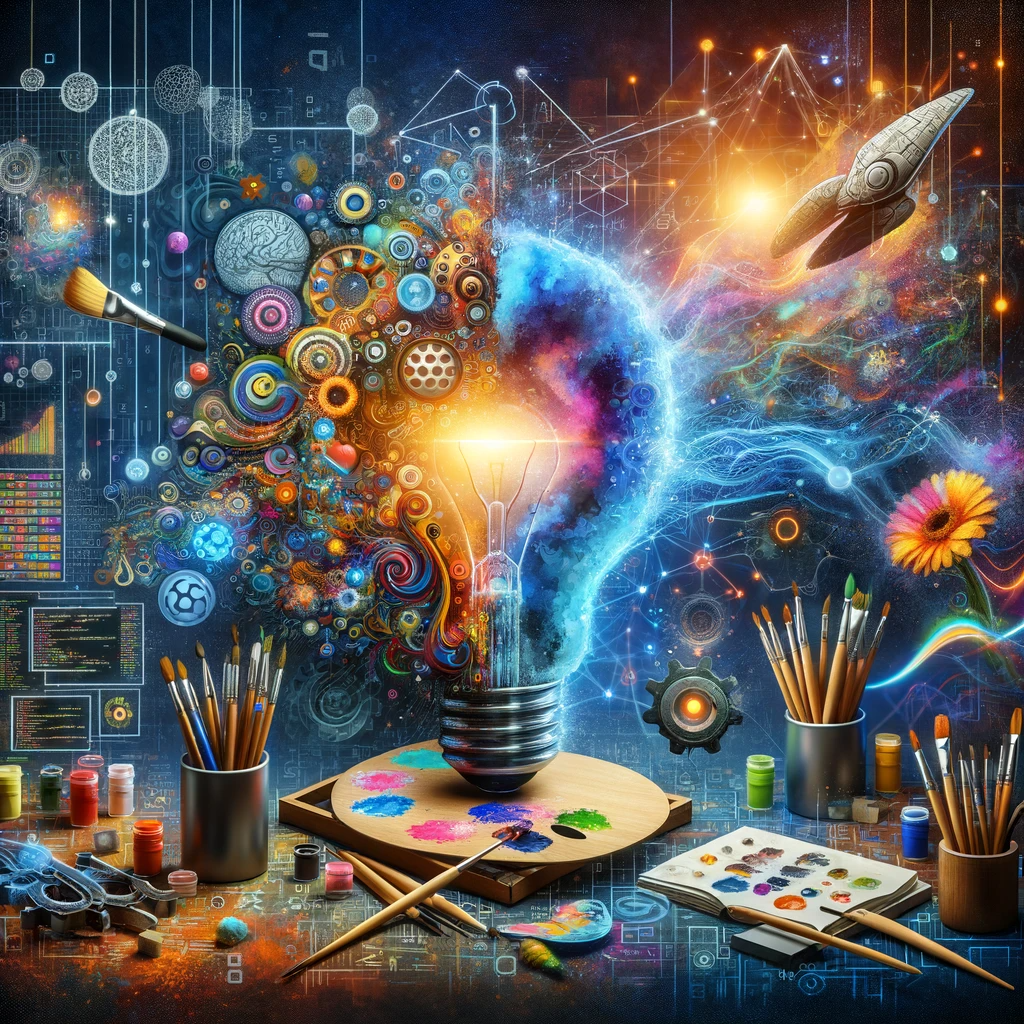In the rapidly evolving world of art and design, technological advancements have always played a pivotal role in shaping creative processes. Among these, Artificial Intelligence (AI) has emerged as a transformative force, offering new horizons for aspiring artists and designers. This article explores the multifaceted role of AI as a tool for creativity, highlighting its potential to democratize art, enhance learning, and foster innovation.
The Democratization of Creativity
AI technologies have made art and design more accessible than ever before. Tools like generative adversarial networks (GANs) and AI-driven design software are now at the fingertips of creators, enabling them to produce sophisticated artworks and designs without the need for extensive technical training. This democratization process lowers entry barriers for aspiring artists, allowing them to experiment and express their creativity in ways that were previously out of reach.
Enhanced Learning and Skill Development
AI-powered platforms and tools offer personalized learning experiences that are revolutionizing how aspiring artists and designers acquire new skills. From tutorials that adapt to the user’s learning pace to software that provides real-time feedback on their work, AI is facilitating a more efficient and effective educational journey. These technologies not only speed up the learning process but also ensure a deeper understanding of artistic techniques and principles.
Fostering Innovation and Experimentation
AI encourages artists and designers to push the boundaries of traditional methodologies. By leveraging AI, creatives can explore novel forms of expression, experiment with unconventional materials, and challenge existing aesthetic norms. AI’s capacity to analyze vast amounts of data and generate unique patterns, textures, and forms offers artists and designers a new palette of possibilities, stimulating innovation and experimentation.
Collaboration between Human and Machine Creativity
The interaction between human creativity and machine intelligence has given rise to a new form of collaborative art. In this partnership, artists and designers guide the creative direction while AI provides suggestions, variations, and sometimes unexpected interpretations. This collaboration can lead to the creation of artworks and designs that neither humans nor machines could have produced alone, showcasing the unique synergy between human intuition and AI capabilities.
Ethical Considerations and Authenticity
As AI becomes more integrated into the creative process, ethical considerations and questions of authenticity emerge. It is essential to address issues related to copyright, originality, and the role of AI in the creative process. Artists and designers must navigate these challenges thoughtfully, ensuring that AI serves as a tool for enhancing human creativity rather than replacing it.
Practical Applications of AI in Art and Design
AI’s impact on art and design is not just theoretical; its practical applications are already visible across various fields. In graphic design, AI tools streamline workflow processes, automate mundane tasks, and offer sophisticated design suggestions. In fashion, AI algorithms predict trends, customize designs, and optimize supply chains. In visual arts, AI assists in creating complex digital artworks, provides insights into art history through pattern recognition, and even participates in the art curation process.
Preparing for a Future Shaped by AI
As AI continues to evolve, aspiring artists and designers must stay informed about the latest developments and learn how to integrate AI tools into their creative practices. This requires not only technical skills but also a critical understanding of AI’s capabilities and limitations. By doing so, creatives can harness the full potential of AI to enhance their work, while also contributing to the ongoing dialogue about the future of art and design in the age of artificial intelligence.
Conclusion
AI stands as a powerful tool for aspiring artists and designers, offering unparalleled opportunities for creativity, learning, and innovation. By democratizing access to artistic creation, enhancing skill development, and fostering a new form of collaboration between human and machine, AI is reshaping the landscape of art and design. However, it is crucial for creators to engage with AI ethically and thoughtfully, ensuring that this technological revolution enriches human creativity rather than diminishes it. As we look to the future, the integration of AI into the creative process holds the promise of opening up new vistas of artistic expression and design innovation, bridging the gap between technology and creativity in ways we are just beginning to understand.
